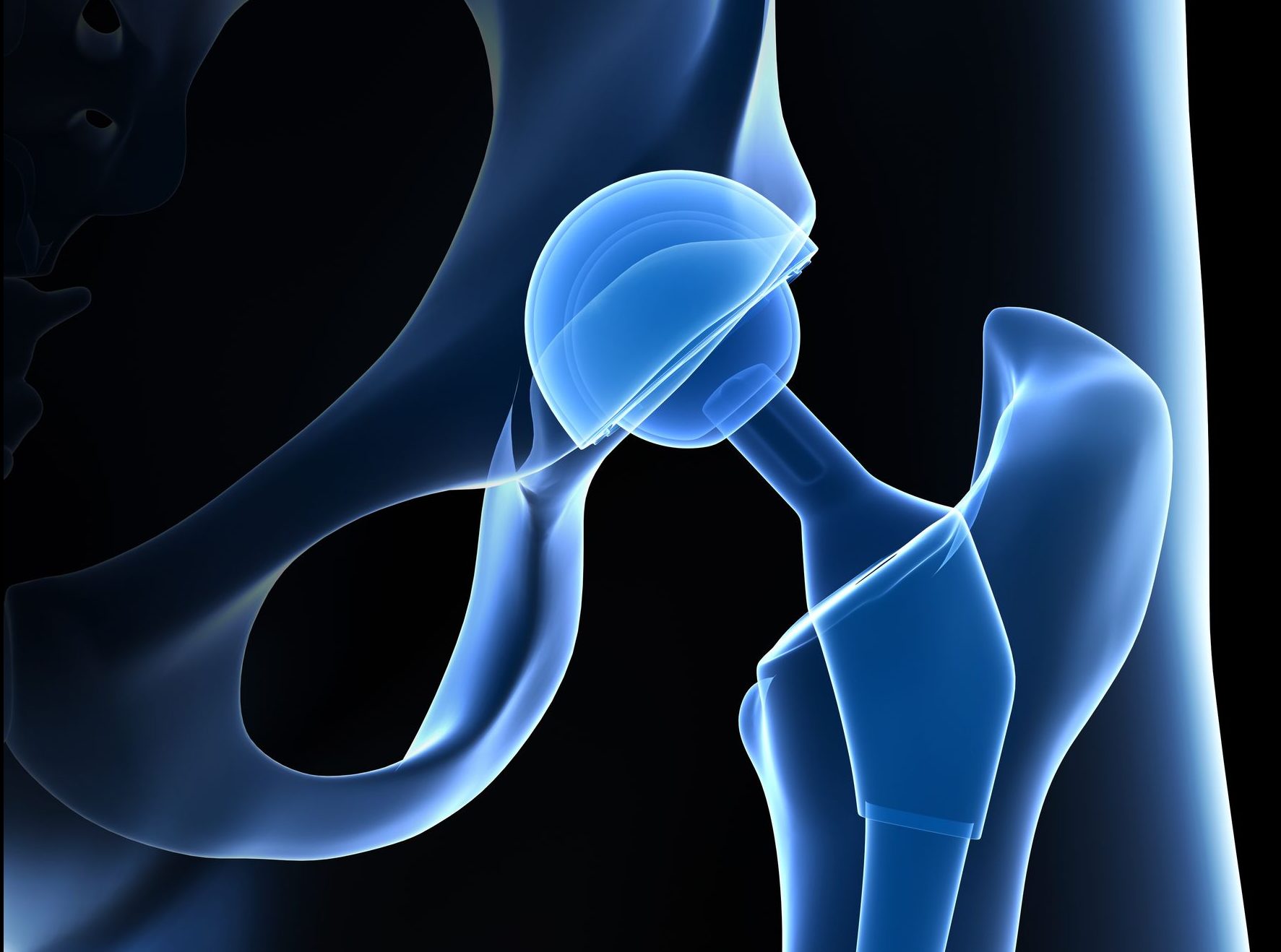A long time coming: changes and challenges for the medical devices industry
07/07/2017

These are uncertain times. As I write, the UK government has triggered Article 50, signalling the start of Britain’s exit from the EU, and negotiations have just begun. This brings huge uncertainty and more than a little nervousness about what the future holds. Against this backdrop, the medical devices industry in the EU is also facing its own mini revolution. The existing EU regulatory framework for medical devices, which was first harmonized as a series of directives in the 1990s, has been replaced by the Medical Device Regulation (MDR) and the industry is now in a state of transition from the old directives to the new regulation. This represents huge change and presents a significant challenge, not least with respect to increased scrutiny of documentation specifically relating to the clinical evaluation of medical devices.
What is the impact of the change in medical device regulation?
All medical devices have to be shown to meet certain standards of performance and safety before they can be released into the market place. In regulatory circles, this is known as ‘Conformity Assessment’. There are numerous stakeholders in this process including manufacturers, contract research organisations, notified bodies (who are accredited by Member States of the EU to assess and audit all manufacturers and undertake Conformity Assessment on medium and high-risk devices), regulatory bodies (known in the EU as National Competent Authorities) and, of course, the patients themselves. Undoubtedly, the introduction of the new Medical Device Regulation will impact all stakeholders. For example, it places greater emphasis on manufacturers to demonstrate effectiveness and safety of all their devices through evaluation of new and existing clinical data. Notified bodies will face heightened scrutiny of their assessment of manufacturers’ technical documentation. However, for patients and healthcare professionals this should ultimately result in enhanced patient safety.
Demonstrating medical device safety and performance
Under the MDR, assessment of clinical evidence on safety and performance of all but the lowest risk medical devices is required prior to marketing in the EU. This is a more extensive requirement compared with the preceding directive. Furthermore, there is greater onus on manufacturers to prepare more detailed clinical evidence for devices that are already on the market and maintain clinical evaluation documentation for the lifetime of the product. Manufacturers now need to demonstrate a systematic and planned evaluation of relevant existing clinical data and, where there are gaps in this data, conduct new clinical investigation(s) using their device to demonstrate compliance with safety and performance requirements. This is a complex process, but guidelines and standards provide some additional steer on these activities. For example, MEDDEV 2.7/1 revision 4 provides guidance on the broader process of clinical evaluation. This was updated in 2016 and will now itself require a further revision to reflect the new regulation. International standard ISO14155:2011 is the relevant standard on good clinical practice specifically for clinical investigations of medical devices. The overall scope of this standard is unlikely to change, but it will also require an update to align it with the MDR.
What should stakeholders do now?
So, after much discussion in recent years, the contents of the MDR are now known and there is no doubt that the impact of the new regulatory framework is going to be wide-ranging for the medical devices industry – and the clock is already ticking! There are just three years to transition from the old to the new framework and it is widely acknowledged that stakeholder engagement is core to this transition. Training and education will have a key role to play in supporting and informing stakeholders during the early stages to ensure that the requirements of the MDR are fully understood. This is essential to ensure that new medical devices are brought to the market in a timely manner and that existing ones continue to be available to healthcare professionals and patients alike.
—
Find out more about our part-time Medical Technology Regulatory Affairs MSc and our upcoming Clinical Evaluation of Medical Devices masterclass…
Categories & Tags:
Leave a comment on this post:
You might also like…
Preparing your work for Turnitin submission
Before submitting your work into Turnitin for similarity checking, if you have used referencing software then you may need to take some important steps first. Mendeley and Zotero integrate with MS Word by embedding field ...
The fast track to supercar engineering: My Cranfield journey
It’s been a dream come true to work on some of the world’s most prestigious supercars – the Aston Martin Valhalla, McLaren 750 & Artura, the GMA T.33. But every successful ...
Automotive Engineering: From student to hypercar innovation at Rimac
We sat down with recent graduate Thomas Perrin, to discuss how his year on the MSc in Automotive Engineering at Cranfield University propelled him from the lecture hall directly into the ...
What this year at Cranfield really meant to me
Every Cranfield journey is unique. In this alumni reflection, Zachea Scicluna shares what her year at Cranfield truly meant, from facing uncertainty to gaining hands-on experience in industry-backed projects. I’ve been reflecting (and delaying) ...
Preparing for assignments and exams?
Sorry! We know it seems a bit mean to mention the exams in January rather than looking forward to the break before it! However, we know many of you will be thinking about your forthcoming ...
Screening for FTSE 100 companies on Bloomberg
So you’re researching an index and need some data on its constituent companies? Bloomberg’s Equity Screening tool makes light work of this, not just for the FTSE, but for indices, exchanges and sectors worldwide. Type EQS ...






